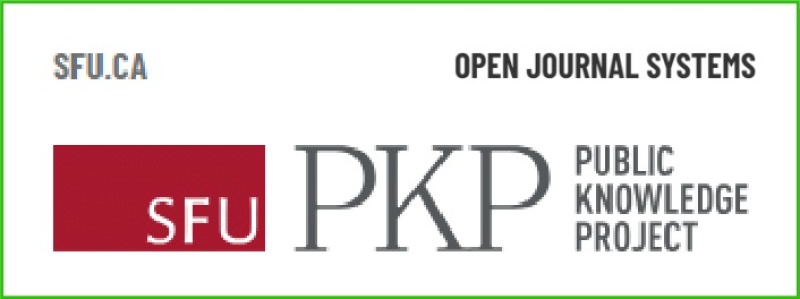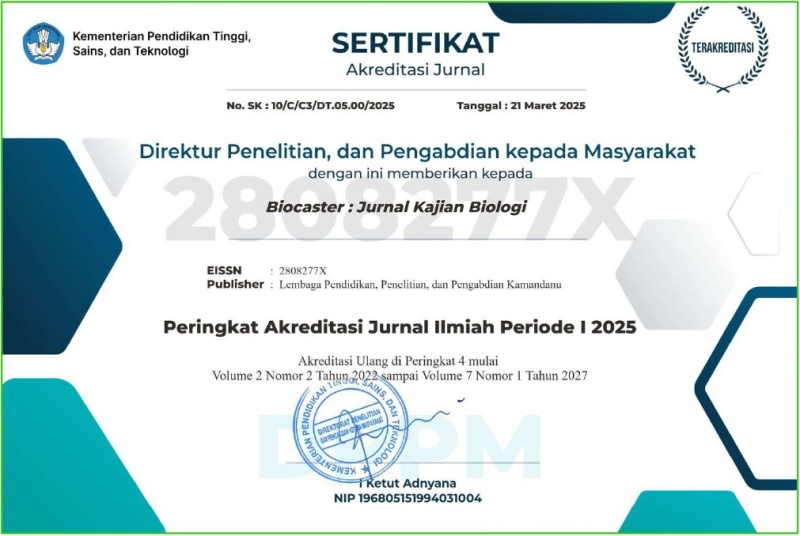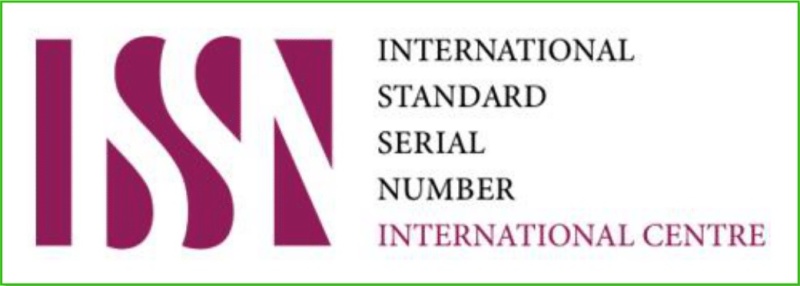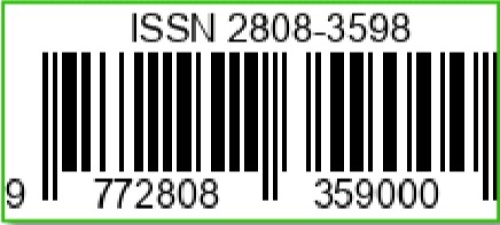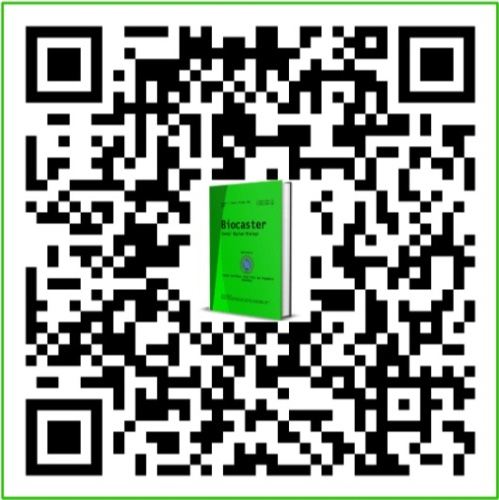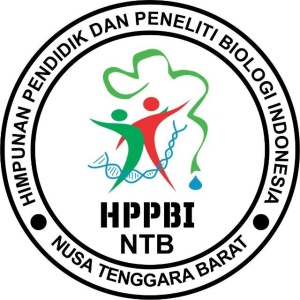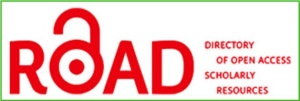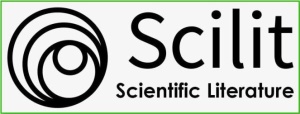Keanekaragaman Tanaman Sayur Lokal Pekarangan dan Potensinya sebagai Sumber Nutrisi
DOI:
https://doi.org/10.36312/biocaster.v4i1.240Keywords:
Local Vegetables, Yard, Bantul, Nutritional Analysis of Vegetables.Abstract
Yards have a role in maintaining community food security with one of the food sources being local vegetables. This group of plants has advantages, including having adapted to the local environment, being easy to obtain, and containing substances that are beneficial to the body. This research aims to determine the diversity and nutritional potential of local garden vegetables in Bantul Regency. Data collection was carried out using survey methods and semi-structured interviews using questionnaire instruments. The location for data collection was determined purposively, covering areas in 7 sub-districts (kepanewon) in Bantul Regency. Plant samples are then documented and identified. Proximate, mineral and vitamin analyzes were carried out on kedi (Cnidoscolus chayamansa McVaugh), tayuman (Bauhinia purpurea L.), and mulberry (Morus sp.) plants. The research results showed that there were 71 species from 27 families of local vegetables in residents' yards. The types of local vegetable plants recorded are in the Fabaceae family. Meanwhile, the plants that are often found in residents' yards are chilies (Capsicum spp.), bananas (Musa paradisiaca L.), eggplant (Solanum melongena L.), cassava (Manihot utilissima Pohl.), spinach (Amaranthus sp.), and jackfruit ( Artocarpus heterophyllus Lam.). Comparison of the results of nutritional analysis of three vegetables shows that among the three plants in 100 grams of sample there is the highest value of sodium in kedi leaves, namely 22.73 mg; protein content 7.36%, vitamin A 209.88 mg, and potassium 441.78 mg in tayuman; and energy from total fat 24.57 Kcal, total energy 84.85 Kcal, and calcium 485.43 mg in mulberries.
Downloads
References
Beech, E., Rivers, M., Oldfield, S., & Smith, P. P. (2017). Global Tree Search : The First Complete Global Database of Tree Species and Country Distributions. Journal of Sustainable Forestry, 36(5), 454-489. https://doi.org/10.1080/10549811.2017.1310049
Benvenuti, S., & Mazzoncini, M. (2021). The Biodiversity of Edible Flowers: Discovering New Tastes and New Health Benefits. Frontiers in Plant Science, 11(569499), 1-14. https://doi.org/10.3389/fpls.2020.569499
Bhokre, C., Gadhe, K., & Joshi, A. (2022). Assessment of Nutritional and Phytochemical Properties of Sesbania grandiflora Flower and Leaves. The Pharma Innovation Journal, 11(6), 90-94.
Byng, J. W., Chase, M. W., Christenhusz, M. J. M., Fay, M. F., Judd, W. S., Mabberley, D. J., Sennikov, A. N., Soltis, D. E., Soltis, P. S., & Stevens, F. P. (2016). An Update of the Angiosperm Phylogeny Group Classification for the Orders and Families of Flowering Plants : APG IV. Botanical Journal of the Linnean Society, 181(1), 1-20. https://doi.org/10.1111/boj.12385
Chacha, J. S., & Laswai, H. S. (2020). Micronutrients Potential of Underutilized Vegetables and Their Role in Fighting Hidden Hunger. International Journal of Food Science, 2020(408315), 1-5. https://doi.org/10.1155/2020/9408315
Fendri, L. B., Chaari, F., Kallel, F., Koubaa, M., Zouari-Ellouzi, S., Kacem, I., Chaabouni, S. E., & Ghribi-Aydi, D. (2022). Antioxidant and Antimicrobial Activities of Polyphenols Extracted from Pea and Broad Bean Pods Wastes. Journal of Food Measurement and Characterization, 16(6), 4822-4832. https://doi.org/10.1007/s11694-022-01547-3
Firdawati, K., Syamswisna., & Fajri, H. (2021). Etnobotani Tanaman Pangan dari Masyarakat Desa Mekar Pelita Kecamatan Sayan Kabupaten Melawi. Bioscientist : Jurnal Ilmiah Biologi, 9(2), 402-411. https://doi.org/10.33394/bioscientist.v9i2.4206
Gido, E. O., Ayuya, O. I., Owuor, G., & Bokelmann, W. (2017). Consumption Intensity of Leafy African Indigenous Vegetables: Towards Enhancing Nutritional Security in Rural and Urban Dwellers in Kenya. Agricultural and Food Economics, 5(14), 1-16. https://doi.org/10.1186/s40100-017-0082-0
Hakim, L. (2014). Etnobotani dan Manajemen Kebun-Pekarangan Rumah: Ketahanan Pangan, Kesehatan dan Agrowisata. Malang: Selaras.
Irwan, S. N. R., Rogomulyo, R., & Trisnowati, S. (2018). Utilization of “Pekarangan” Throungh Productive Landscape Development in Mangunan Village, Bantul District Yogyakarta. Jurnal Ilmu Pertanian Indonesia, 23(2), 148-157. https://doi.org/10.18343/jipi.23.2.148
Iskandar, J., & Iskandar, B. S. (2016a). Arsitektur Tumbuhan: Struktur Pekarangan Perdesaan dan Ruang Terbuka Hijau Perkotaan. Yogyakarta: Teknosain.
______. (2016b). Etnoekologi dan Pengelolaan Agroekosistem oleh Penduduk Desa Karangwangi Kecamatan Cidaun, Cianjur Selatan Jawa Barat. Jurnal Biodjati, 1(1), 1-12. https://doi.org/10.15575/biodjati.v1i1.1035
Junaidah., Suryanto, P., & Budiadi. (2015). Komposisi Jenis dan Fungsi Pekarangan (Studi Kasus Desa Giripurwo, Kecamatan Girimulyo, Daerah Istimewa Yogyakarta). Jurnal Hutan Tropis, 4(1), 77-84. http://dx.doi.org/10.20527/jht.v4i1.2884
Kissanga, R., Sales, J., Moldão, M., Alves, V., Mendes, H., Romeiras, M. M., Lages, F., & Catarino, L. (2021). Nutritional and Functional Properties of Wild Leafy Vegetables for Improving Food Security in Southern Angola. Frontiers in Sustainable Food Systems, 5(791705), 1-13. https://doi.org/10.3389/fsufs.2021.791705
Kumar, D., Kumar, S., & Shekhar, C. (2020). Nutritional Components in Green Leafy Vegetables: A Review. Journal of Pharmacognosy and Phytochemistry, 9(5), 2498-2502.
Kumar, P., Pal, M., Joshi, R., & Sairam, R. K. (2013). Yield, Growth and Physiological Responses of Mung Bean [Vigna radiata (L.) Wilczek] Genotypes to Waterlogging at Vegetative Stage. Physiology and Molecular Biology of Plants, 19(2), 209-220. https://doi.org/10.1007/s12298-012-0153-3
Kumar, S., Prasad, A. K., Iyer, S. V., & Vaidya, S. K. (2013). Systematic Pharmacognostical, Phytochemical and Pharmacological Review on an Ethno Medicinal Plant, Basella alba L. Journal of Pharmacognosy and Phytotherapy, 5(4), 53-58. https://doi.org/10.5897/JPP12.0256
Kumar, T., & Chandrashekar, K. S. (2011). Bauhinia purpurea Linn.: A Review of Its Ethnobotany, Phytochemical and Pharmacological Profile. Research Journal of Medicinal Plant, 5(4), 420-431. https://doi.org/10.3923/rjmp.2011.420.431
Kuntjoro, S., & Rachmadiarti, F. (2018). Study of Kana (Canna sp) and Butterfly (Bauhinia purpurea) Plants as Leading Absorbents (Pb). In Proceedings of the International Conference on Science and Technology (ICST 2018) (pp. 83-87). Amsterdam, Belanda: Atlantis Highlights in Engineering.
Kurniawan, A., & Sadali, M. I. (2015). Keistimewaan Lingkungan Daerah Istimewa Yogyakarta (2nd ed.). Yogyakarta: Gadjah Mada University Press.
Mazumder, M., & Sarkar, A. K. (2019). Ethnobotanical Survey of Indigenous Leafy Vegetables Consumed in Rural Areas of Terai-Dooars Region of West Bengal, India. Journal of Threatened Taxa, 11(12), 14612-14618. https://doi.org/10.11609/jott.5039.11.12.14612-14618
Meier, A. R., Saunders, M. R., & Michler, C. H. (2012). Epicormic Buds in Trees : A Review of Bud Establishment, Development and Dormancy Release. Tree Physiology Review, 32(1), 565-584. https://doi.org/10.1093/treephys/tps040
Miller, V., Mente, A., Dehghan, M., Rangarajan, S., Zhang, X., Swaminathan, S., Dagenais, G., & Gupta, R. (2017). Fruit, Vegetable and Legume Intake, and Cardiovascular Disease and Deaths in 18 Countries (PURE): A Prospective Cohort Study. Lancet, 390(1), 2037-2049. https://doi.org/10.1016/S0140-6736(17)32253-5
Punchay, K., Inta, A., Tiansawat, P., Balslev, H., & Wangpakapattanawong, P. (2020). Nutrient and Mineral Compositions of Wild Leafy Vegetables of the Karen and Lawa Communities in Thailand. Foods, 9(12), 1-15. https://doi.org/10.3390/foods9121748
Safnowandi. (2022). Pemanfaatan Vitamin C Alami sebagai Antioksidan pada Tubuh Manusia. Biocaster : Jurnal Kajian Biologi, 2(1), 6-13. https://doi.org/10.36312/bjkb.v2i1.43
Saragih, B., Kristina, F., Pradita., Candra, K. P., & Emmawati, A. (2020). Nutritional Value, Antioxidant Activity, Sensory Properties, and Glycemic Index of Cookies with the Addition of Cassava (Manihot utilissima) Leaf Flour. Journal of Nutritional Science and Vitaminology, 66(1), 162-166. https://doi.org/10.3177/jnsv.66.S162
Setiawan, E. (2017). Studi Etnobotani Pemanfaatan Tanaman Sayuran di Kabupaten Pamekasan. Jurnal Ilmiah Rekayasa, 10(1), 1-8. https://doi.org/10.21107/rekayasa.v10i1.3614
Shi, Z., Yao, Y., Zhu, Y., & Ren, G. (2017). Nutritional Composition and Biological Activities of 17 Chinese Adzuki Bean (Vigna angularis) Varieties. Food and Agricultural Immunology, 28(1), 78-89. https://doi.org/10.1080/09540105.2016.1208152
Shofiyah, A., & Hakim, L. (2020). Etnobotani Tanaman Pangan dari Hutan dan Pekarangan Rumah pada Masyarakat di Pemukiman Kondang Merak, Malang Selatan. Biotropika : Journal of Tropical Biology, 8(2), 98-105. https://doi.org/10.21776/ub.biotropika.2020.008.02.05
Taiz, L., Zeiger, E., Moller, I. M., & Murphy, A. (2014). Plant Physiology (6th Revise). Sunderland: Sinauer Associates.
Tshikororo, R. R., Ajao, A. A., & Moteetee, A. N. (2023). Exploring the Use of Indigenous Wild Vegetables by the Basotho People of Southern Africa : A Comprehensive Review. Foods, 12(2763), 1-24. https://doi.org/https://doi.org/10.3390/foods12142763
Vandebroek, I., & Voeks, R. (2018). The Gradual Loss of African Indigenous Vegetables in Tropical America : A Review. Economic Botany, 72(1), 543-571. https://doi.org/10.1007/s12231-019-09446-3
Yulianti, D., Purnama, A. A., & Brahmana, E. M. (2018). Keanekaragaman Tanaman Pekarangan di Desa Tambusai Timur Kecamatan Tambusai Kabupaten Rokan Hulu Provinsi Riau. Sainstek : Jurnal Sains dan Teknologi, 10(1), 13-19. https://doi.org/http://dx.doi.org/10.31958/js.v10i1.1213
Yurlisa, K., Maghfoer, M. D., Aini, N., Sumiya, W. D. Y., & Permanasari, P. N. (2017). Survey dan Pendokumentasian Sayuran Lokal di Pasar Tradisional Kabupaten dan Kota Kediri Jawa Timur. Jurnal Biodjati, 2(1), 52-63. https://doi.org/10.15575/biodjati.v2i1.1287

Downloads
Published
How to Cite
Issue
Section
License
Copyright (c) 2024 Dias Idha Pramesti

This work is licensed under a Creative Commons Attribution-ShareAlike 4.0 International License.
-
Attribution — You must give appropriate credit, provide a link to the license, and indicate if changes were made. You may do so in any reasonable manner, but not in any way that suggests the licensor endorses you or your use.
-
ShareAlike — If you remix, transform, or build upon the material, you must distribute your contributions under the same license as the original.

